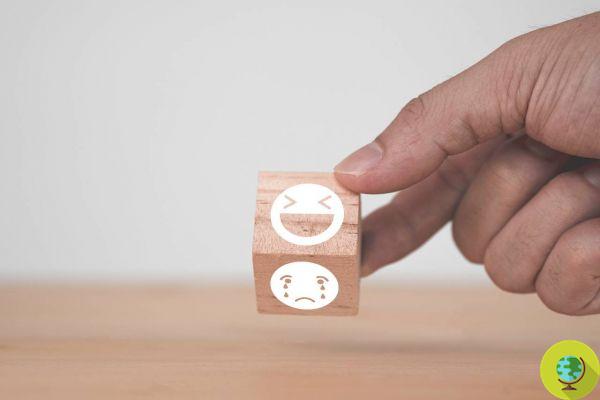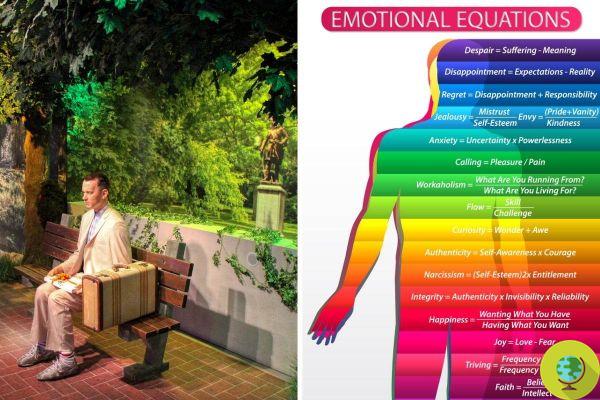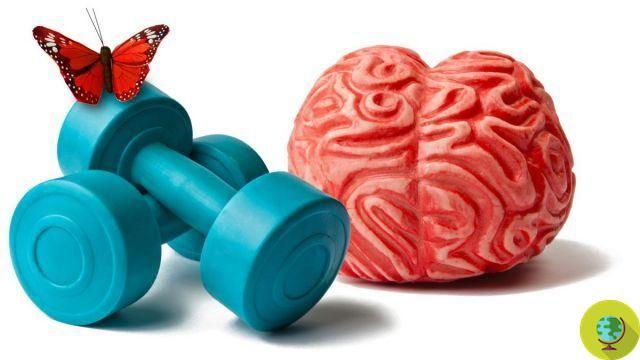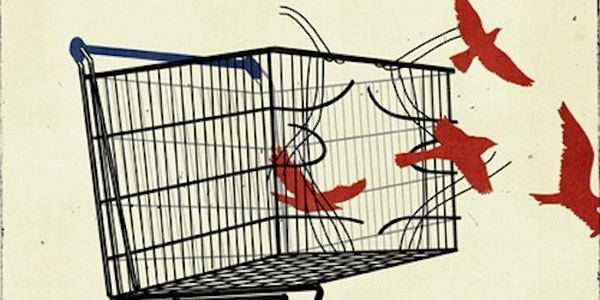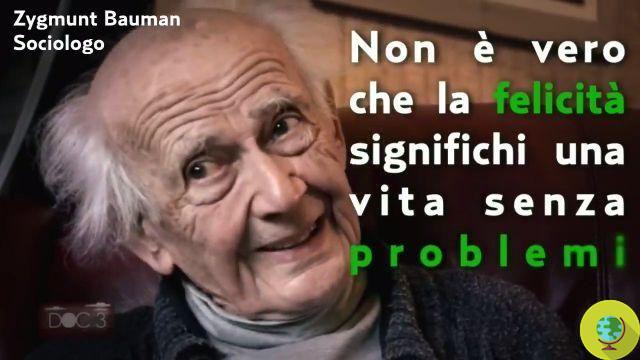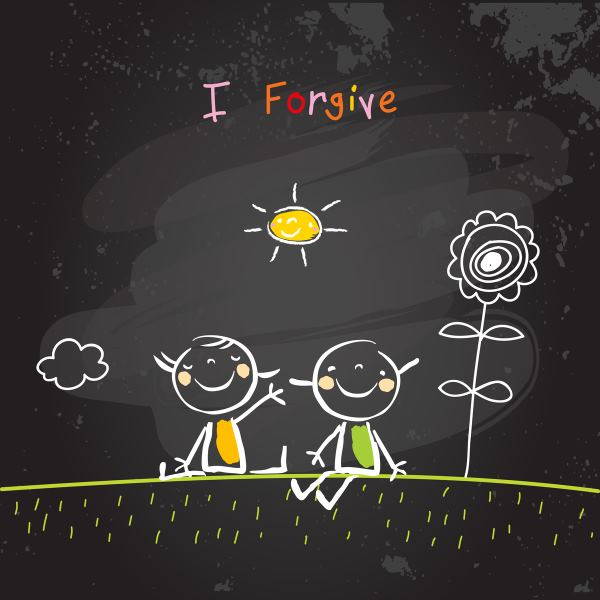A cat is locked in a box containing a poisonous release gas: will it survive or will it die? Rest assured, no macabre experiments, just mental.
A cat is locked in a box containing a poisonous and radioactive release gas: will it survive or will it die? Rest assured, no macabre experiments, just mental. We are talking about the famous Schrödinger's cat paradox, conceived in 1935 by Erwin Schrödinger, with the aim of illustrating how quantum mechanics can provide paradoxical results if applied to a macroscopic physical system.
Let's see what the Austrian scientist, Nobel laureate in physics in 1933, says. In practice, to illustrate quantum mechanics, he invites you to do a curious thought experiment featuring a cat and a box. We explain it very simply, even if Schrödinger's paradox was then formulated to highlight the weakness of the so-called Copenhagen interpretation of quantum theory.
There is a cat inside a box in which in turn there is a mechanism that, if pressed, can emit poisonous gas. Obviously the cat can interfere with the mechanism or it may not: there are precisely 50 and 50 possibilities.
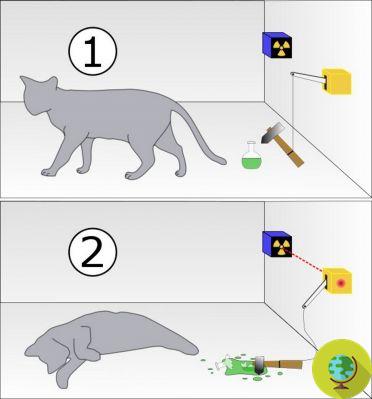
According to the scientist, before opening the box it is impossible to know if the cat is alive or dead, or if it has interfered with the mechanism or not, so it automatically finds itself in a symbolic, indeterminate state, in which it is both alive and dead.
Only by opening the box and thus making sense of the superimposition of states can the situation be resolved. Clearly in one way or another because the life of the cat, paradoxically, is in our hands. Precisely this is the assumption at the basis of Schrödinger's paradox, but to understand it we must leave the cat and go to the world of particles of which atoms are made, i.e. electrons and protons, which can be found at the same time in different states.
So if the cat were compared to atoms then it could be alive or dead at the same time. The apparent paradox arises from the fact that in quantum mechanics it is not possible to classically describe objects, and a probabilistic representation is used: to show the fact that a particle can be placed in different positions, for example, it is described as if it were simultaneously in all the positions it can take.

To every possible position corresponds the probability that observing the particle it is in that position. The observation operation, however, irremediably modifies the system since once observed in a position the particle definitively assumes that position (ie it has probability 1 of being there) and therefore it is no longer in a "superposition of states".
The paradox has also been mentioned in recent days by Elon Musk:
Games only render what you look at when you look at it, as the compute load would otherwise be impossibly high. Until observed, objects are a probability function, aka quantum mechanics. https://t.co/LbI7dRNM9f
— Elon Musk (@elonmusk) December 12, 2019
In practice, the experiment would realize one of the basic principles of quantum physics: if no measurement is made, more contemporary realities can exist. In other words "until I see everything exists". In technical terms it is said that there is the 'overlap'or the coexistence of several states.
Gallery
Read also:
- The quantum experiment that demonstrates how 2 realities can exist at the same time
- Was the chicken or the egg born first? From quantum physics comes the solution
-
The quantum experiment that demonstrates how 2 realities can exist at the same time








